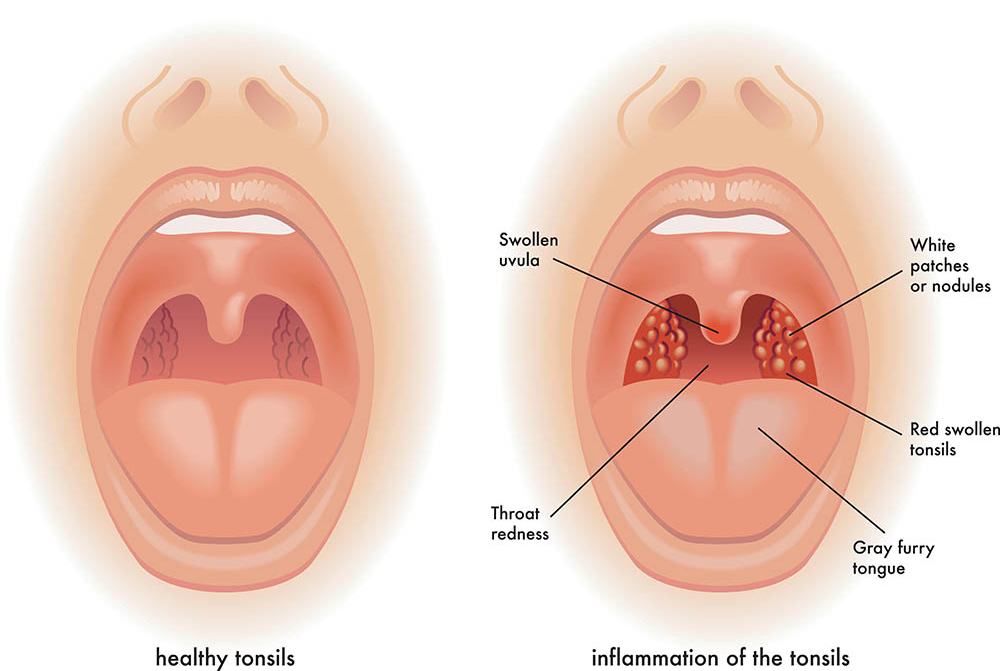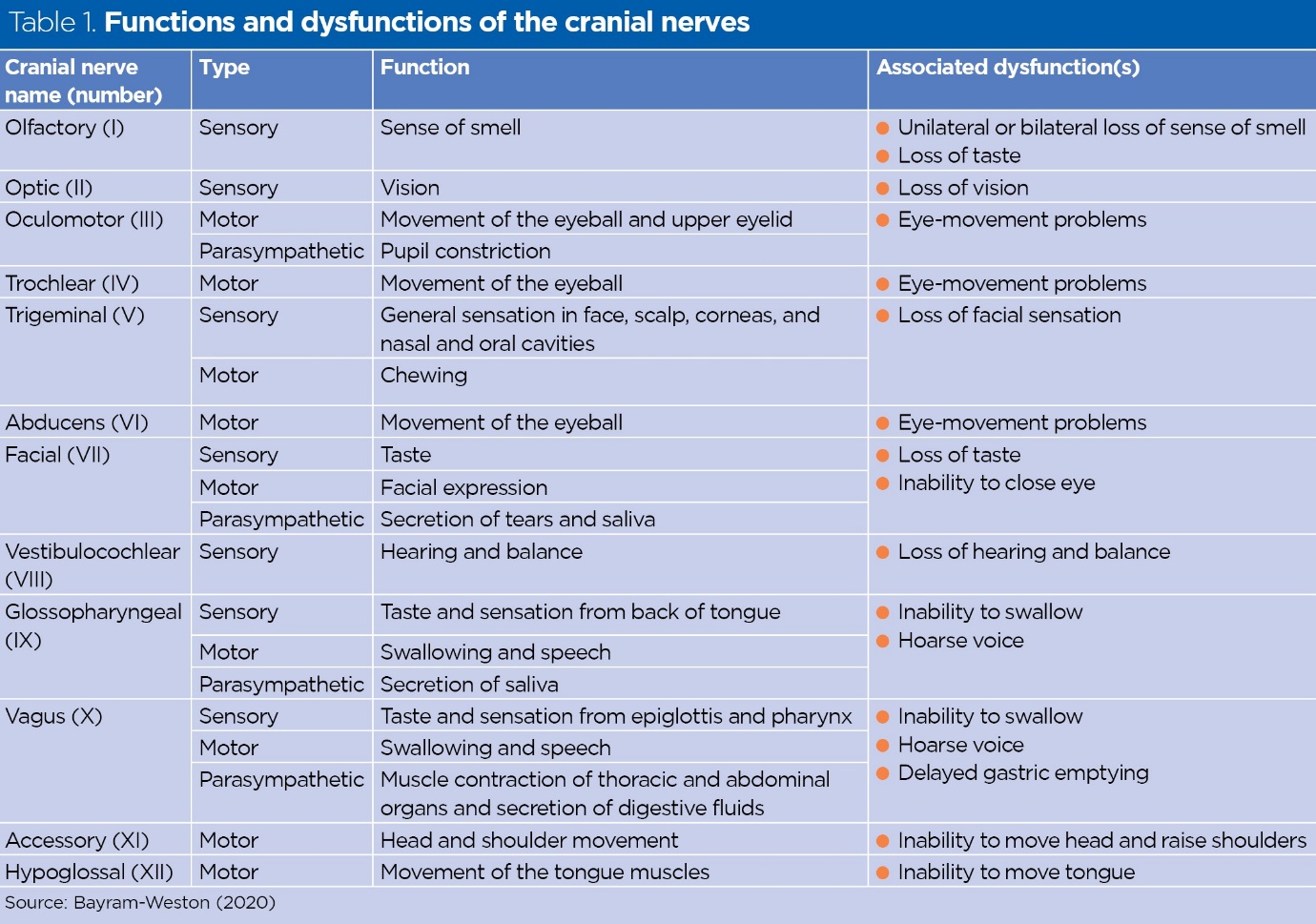The nurse is assessing the tonsils of an adult client. The nurse notices that the tonsils are involuted, granular in appearance, and has deep crypts. The nurse recognizes that which of the following is the correct response to these findings?
Continue with the assessment, looking for any other abnormal findings.
Refer the patient to a throat specialist.
No response is needed; this appearance is normal for the tonsils.
Obtain a throat culture on the patient for possible streptococcal (strep) infection.
The Correct Answer is A
A. Continue with the assessment, looking for any other abnormal findings: This is the correct response. Tonsils in adults can have various appearances, and a granular appearance with deep crypts is within the range of normal. It's essential for the nurse to continue the assessment and observe for other signs or symptoms that might indicate an issue.
B. Refer the patient to a throat specialist: Referring the patient based solely on the appearance of the tonsils, especially if it's a normal variant, might be unnecessary and could cause undue concern for the patient. It's important to assess the patient comprehensively before considering a specialist referral.
C. No response is needed; this appearance is normal for the tonsils: This is the correct explanation. In adults, tonsils often appear granular with deep crypts, which is considered a normal variation. No further action is required regarding the tonsils.
D. Obtain a throat culture on the patient for possible streptococcal (strep) infection: Based on the description provided (involution, granular appearance, and deep crypts), there's no specific indication of a streptococcal infection. Conducting a throat culture should be based on the presence of specific symptoms and signs indicative of a streptococcal infection, such as sore throat, fever, and swollen tonsils with white patches, rather than just the appearance of the tonsils.

Nursing Test Bank
Naxlex Comprehensive Predictor Exams
Related Questions
Correct Answer is C
Explanation
A. VI
Cranial Nerve VI is the Abducent Nerve, which controls the movement of the lateral rectus muscle, allowing the eye to move laterally (abduct). Dysfunction of this nerve can cause difficulty in moving the eye outward.
B. V
Cranial Nerve V is the Trigeminal Nerve. It has both sensory and motor functions. Sensory functions include providing sensation to the face, sinuses, and teeth. Motor functions include controlling the muscles used for chewing (mastication).
C. II
Cranial Nerve II is the Optic Nerve. It is purely a sensory nerve responsible for vision. The optic nerve carries visual information from the retina of the eye to the brain.
D. III
Cranial Nerve III is the Oculomotor Nerve. It is primarily a motor nerve but also has some autonomic functions. It controls most of the eye movements (except lateral movement controlled by VI) and regulates the size of the pupil and the shape of the lens in the eye for focusing.

Correct Answer is A
Explanation
A. Frenulum:
The frenulum is a thin band of tissue in the mouth that connects the tongue to the floor of the mouth. It aids in the tongue's movement and flexibility during speaking and swallowing.
B. Palate:
The palate refers to the roof of the mouth. It has two parts: the hard palate (at the front, made of bone) and the soft palate (at the back, made of muscle). The palate plays a crucial role in speech and swallowing.
C. Uvula:
The uvula is a small, fleshy extension at the back of the soft palate in the mouth. It participates in various functions, including speech articulation, preventing food from entering the nasal cavity during swallowing, and producing certain sounds.

D. Papillae:
Papillae are small, raised structures on the tongue that contain taste buds. They are responsible for detecting different tastes: sweet, salty, sour, bitter, and umami (savory). Papillae give the tongue its rough texture.
Whether you are a student looking to ace your exams or a practicing nurse seeking to enhance your expertise , our nursing education contents will empower you with the confidence and competence to make a difference in the lives of patients and become a respected leader in the healthcare field.
Visit Naxlex, invest in your future and unlock endless possibilities with our unparalleled nursing education contents today
Report Wrong Answer on the Current Question
Do you disagree with the answer? If yes, what is your expected answer? Explain.
Kindly be descriptive with the issue you are facing.
